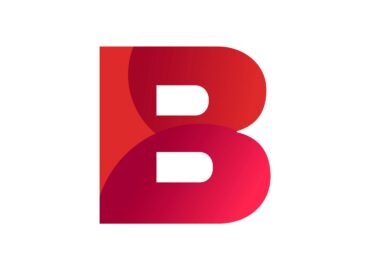A – Glossary
Absconding refers to an employee leaving their job without providing any prior notice or without completing their assigned tasks and responsibilities. It is a violation of the employment agreement between the employee and the employer, and can lead to negative consequences for both parties. Absconding can cause significant disruption to the workflow of a company, particularly if the employee holds a critical position or is responsible for key tasks.
A virtual assistant that uses artificial intelligence to simulate conversation with candidates and provide information about job openings and application status.
An appraisal is a tool for evaluating employee performance within an organization. The assessments typically involve a review of an employee’s work and accomplishments, as well as their key strengths and weaknesses. The primary purpose of the appraisal is to identify training and development opportunities and make decisions about promotions and salary increases. The appraisal cycle allows the employee to express their career plans and long-term goals to the employer.
The term Attrition risk analysis refers to understanding the reduced number of employees in an organization due to resignation or job switching. It examines the areas where an employer fails to understand employee sentiments or provides new job opportunities. It is an analysis of the organization to understand the likelihood of employees leaving your organization and determine their early career needs to reduce the churn rate.
A technology that uses machine learning algorithms to suggest improvements to job descriptions and other written content related to talent acquisition.
A job seeker who is actively looking for a job and has applied or is actively applying for job openings.
A hiring approach that uses real-time data and analytics to adapt to changing business needs and improve the quality of hires.
A personalized learning approach that adjusts to an individual’s needs, skills, and interests.
The use of advanced statistical and mathematical techniques to analyze and make sense of complex data sets.
A continuous feedback approach to performance management that emphasizes flexibility, collaboration, and real time goal setting and tracking.
An approach to talent management that emphasizes flexibility, adaptability, and responsiveness to changing business needs.
The process of managing relationships with former employees to foster networking, referrals, and potential rehires.
Using data and analytics to make informed decisions about HR processes and strategies.
A software that streamlines the recruitment process by tracking and managing job applications.
The simulation of human intelligence processes by machines, including machine learning and natural language processing.
A standardized process of evaluating potential employees through various tests, exercises, and simulations.
The integration of digital information with the user’s physical environment in real time, often used for training and onboarding purposes.



